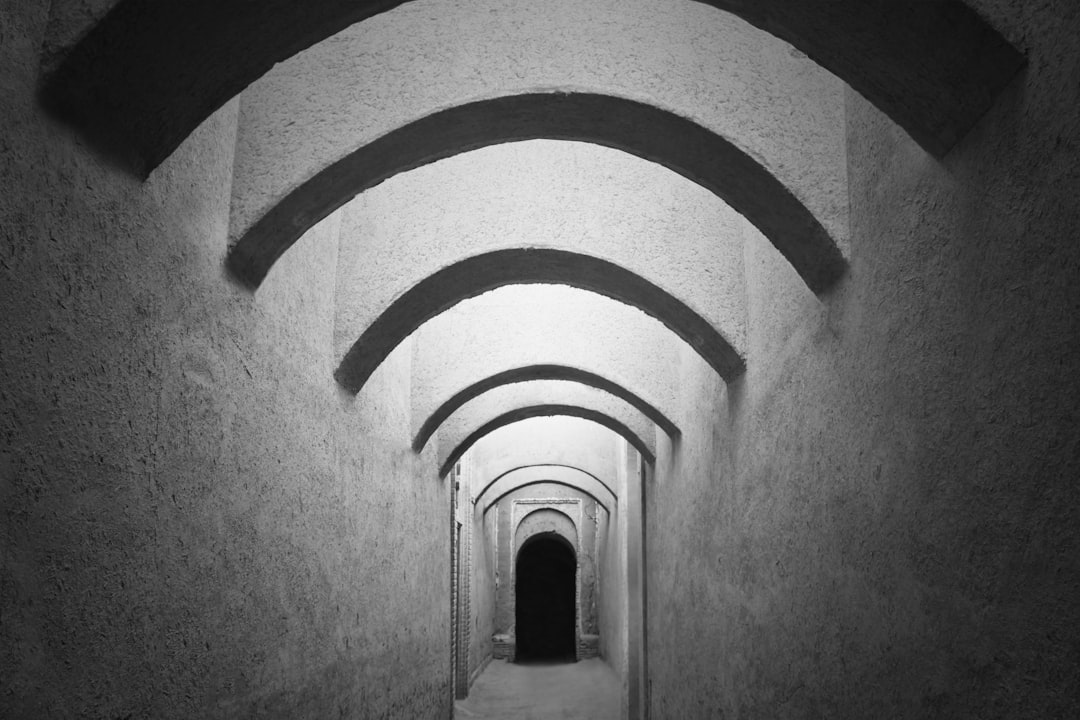Managing a WordPress multisite network comes with increased responsibilities in terms of security. Unlike single installations, a multisite environment allows multiple websites to exist under one WordPress installation, making it a prime target for attackers if not properly secured. In this article, we’ll discuss essential security best practices tailored specifically for WordPress multisite managers to help ensure your entire network stays protected.
1. Keep WordPress Core and Plugins Updated
This might seem obvious, but it’s surprising how many multisite managers neglect timely updates. WordPress regularly issues security patches and vulnerability fixes, and being even one version behind can expose your entire network to security threats.
- Enable automatic updates for minor core patches.
- Vet and test plugins on a staging site before updating.
- Remove unused plugins and themes – fewer lines of code mean fewer potential vulnerabilities.
2. Use a Web Application Firewall (WAF)
A strong firewall can filter malicious traffic before it even reaches your WordPress network. Services like Sucuri, Cloudflare, or Wordfence offer WAF solutions specifically built for WordPress environments.

Pairing a WAF with DNS-level protection provides an additional layer to stop threats like SQL injection, cross-site scripting (XSS), and brute-force attacks.
3. Implement a Robust User Role Policy
WordPress multisite introduces a variety of users across different sites, which can become a security issue if permissions are not properly managed.
- Only assign Super Admin privileges to trusted individuals who are trained in security procedures.
- For site-specific admins, use standard Admin or Editor roles to limit access to broader network settings.
- Use plugins such as Members to fine-tune what roles can and cannot do.
4. Use HTTPS Across the Entire Network
SSL certificates are no longer just a nice-to-have; they’re essential. Use HTTPS to encrypt data transmissions and protect user credentials from being intercepted.
- Make HTTPS mandatory across all subsites in your multisite.
- Use tools like Let’s Encrypt for free, automated SSL certificates.
5. Enforce Strong Login Security
Login portals are the most vulnerable entry points in WordPress. A successful brute-force attack on one site can potentially compromise the entire multisite network.

- Enable two-factor authentication (2FA) for all users, especially Super Admins.
- Use CAPTCHA plugins to prevent automated login attempts.
- Limit login attempts and use IP blacklisting for repeated failures.
6. Restrict File Uploads and Implement Malware Scanning
Unrestricted file uploads can lead to backdoor exploits and malware infections. Multisite managers should strictly control and monitor uploaded content throughout their network.
- Only allow necessary MIME types (e.g., JPG, PNG, PDF).
- Install a malware scanner like Wordfence or iThemes Security to regularly scan uploaded files and core files.
- Review uploaded media for suspicious files or unusual activity.
7. Conduct Regular Backups
Having a reliable backup system in place means you can quickly recover from a security incident without losing valuable data. Multisite setups require backup solutions that can handle multiple sites efficiently.
- Choose plugins like UpdraftPlus or BlogVault that support entire network backups.
- Automate daily backups and store them on a secure, remote location.
- Test your restore process periodically to ensure it works when needed.
8. Limit Plugin and Theme Access
One poorly coded plugin or outdated theme can affect all websites within a multisite structure. To minimize risk:
- Deactivate plugin installation for site admins if possible.
- Manage themes centrally and limit the number you make available to subsites.
- Avoid using themes or plugins from unverified developers.
9. Monitor Network Activity
Always know what’s happening across your network. Monitoring helps in early detection of suspicious behavior and aids in quick response to incidents.
- Use tools like WP Activity Log to track user actions across the multisite.
- Set up email alerts for key activities, such as new theme installations or Super Admin logins.
10. Regular Security Audits
Lastly, conduct scheduled audits of your multisite’s security protocols. Run vulnerability scans, review user accounts, and verify file integrity periodically. Keeping a checklist and records of your audits can help diagnose and recover from incidents more efficiently.
Securing a WordPress multisite is not just about setting and forgetting; it’s an ongoing process of evaluation and adjustment. As the administrator of multiple websites, you hold the keys to significantly more data and system access than a standard installation. Treat this responsibility with the seriousness it deserves by applying these actionable tips and being proactive in your security approach.